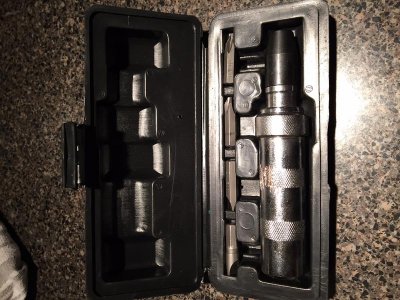As title states,
I will be changing my rotors on my 91 to the stop tech drilled rotors and painting the calipers to make a clean look for my new Advans which will arrive on Christmas Eve in the SOS sleigh!
A few questions,
If I need to drill the retaining screws out of the rotors, do I really need to replace the screws?
Should I be doing anything else while I am working on this section of the car?
Should I remove the ugly splash guards for the rotors?
I already changed the pads and flushed the fluid last year and plan to flush the lines again.
I already have stainless steel brake lines and calipers will be 100% removed and thoroughly cleaned prior to painting.
Oh yeah, calipers are already red. Any advice on removing the paint?
Thanks in advance.
I will be changing my rotors on my 91 to the stop tech drilled rotors and painting the calipers to make a clean look for my new Advans which will arrive on Christmas Eve in the SOS sleigh!
A few questions,
If I need to drill the retaining screws out of the rotors, do I really need to replace the screws?
Should I be doing anything else while I am working on this section of the car?
Should I remove the ugly splash guards for the rotors?
I already changed the pads and flushed the fluid last year and plan to flush the lines again.
I already have stainless steel brake lines and calipers will be 100% removed and thoroughly cleaned prior to painting.
Oh yeah, calipers are already red. Any advice on removing the paint?
Thanks in advance.







